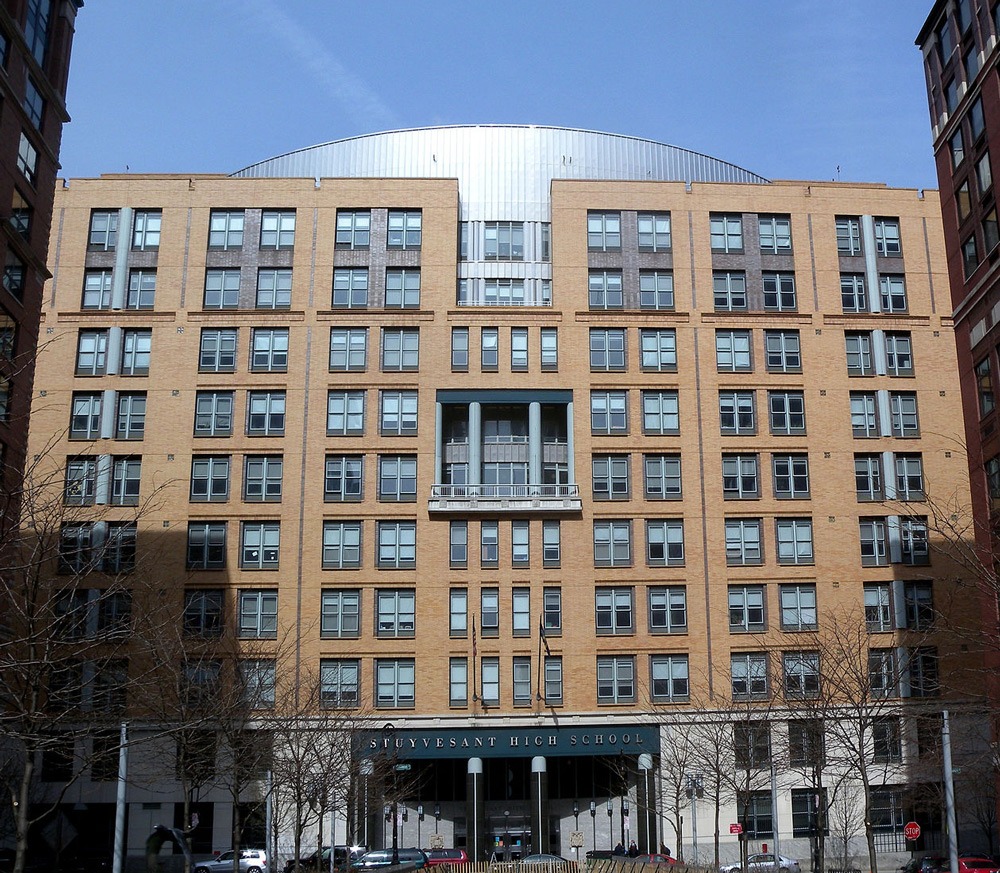
In 2013, NPQ’s Rick Cohen cited the admission policies of New York City’s selective high schools as an example of structural racism. The bias against black and brown students built into the city’s selection process led to, as David Jones of the Community Service Society described for a Huffington Post op-ed, “the grossest forms of racism and economic discrimination.” Consider “elite public high schools such as Stuyvesant where, in a student body of 3,300 young people, only 40 are African American.”
City leaders said they recognized this as a problem and vowed to make things better. Yet things are not better, and the struggle to build consensus for change illustrates how hard it is to break the chains of bias.
The entering freshman class of 2019 at eight selective—and very desirable—NYC high schools reflects the same level of discrimination as in 2013, a situation that’s actually worse than it was in the ’70s. According to the New York Times:
At Stuyvesant High School, out of 895 slots in the freshman class, only seven were offered to black students. And the number of black students is shrinking: There were 10 black students admitted into Stuyvesant last year, and 13 the year before. Another highly selective specialized school, the Bronx High School of Science, made 12 offers to black students this year, down from 25 last year.
Taking New York City’s public schools as a whole, Black and brown students comprise more than 70 percent of the attending body. At selective-admission high schools, it’s closer to 10 percent.
The educational opportunities made available to grade-school and middle-school students matter. Like many urban public school systems, New York has struggled to provide every student with a quality education. Despite recognizing that all students benefit from integrated schools, NYC has tolerated a great deal of racial and economic segregation:
Sign up for our free newsletters
Subscribe to NPQ's newsletters to have our top stories delivered directly to your inbox.
By signing up, you agree to our privacy policy and terms of use, and to receive messages from NPQ and our partners.
Many accelerated academic programs in mostly black and [Latinx] neighborhoods have closed…in a school system that remains severely racially segregated, many black and [Latinx] students have been left in struggling middle schools that sometimes do not even notify them that the elite schools exist.
The number of grade schools and middle schools offering gifted and talented programs also reflects this bias: “There were nearly twice as many students in gifted and talented programs in District 2—which includes mostly wealthy and white Manhattan neighborhoods—as there were in the Bronx, the city’s poorest borough. The Bronx has a total of nine gifted and talented programs, while District 2 alone has eight.”
Wealth also brings advantages. Admission to these schools depends, as mandated by state law, on a student’s score on a single test. Accordingly, a vibrant test preparation industry has sprung up, further skewing things toward wealthy families. It is now unusual for a student who has not benefited from this support to make the cut, and with a price tag of $1,000 or more, many families cannot find room for it in already strapped budgets.
So, why is it proving so difficult to have these schools reflect the city’s overall population? Proposals to replace the single test with a system better able to bring fair results have not gained enough support. Change means some might get a fairer shake, but others will necessarily see fewer opportunities. For political leaders, this makes supporting change hard. Jumaane Williams, the city’s newly elected public advocate and a graduate of one of the selective admission schools, told the Times that his “opposition to completely scrapping the test remains unchanged. The numbers are abysmal, we knew that. The question is what do we do about it, how do we do it without needlessly pitting communities against each other?” And State Senator John Liu says, “Any proposal should consider the needs of the Asian American community. A desegregation plan can only be effective if the problem is viewed as a whole, and one that is not formulated to the total exclusion of Asian Americans.”
It may be a mistake, in the end, to focus on these eight high schools. At a recent public forum, Rep. Alexandria Ocasio-Cortez refocused the discussion on the broader challenges of the entire public school system, which is need of improvement. “My question is,” she said, “why isn’t every public school in New York City a Brooklyn Tech-caliber school? Every one should be.”
As true as that is, the debate over eight schools and a test illustrates how hard it is to fulfill this vision. Searching for a solution that will offend no one prevents forward progress. The winner, in that case, is the status quo, and the losers are those left out and left behind.—Martin Levine













